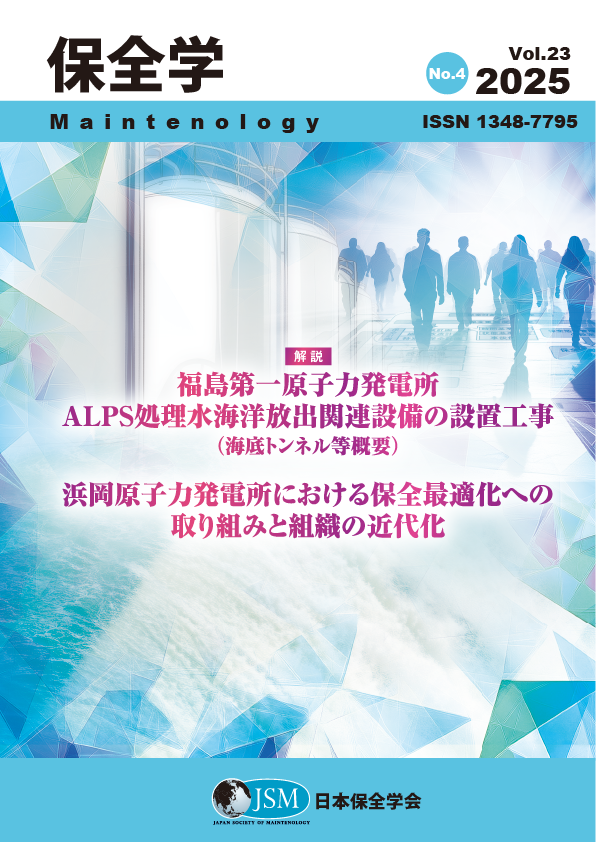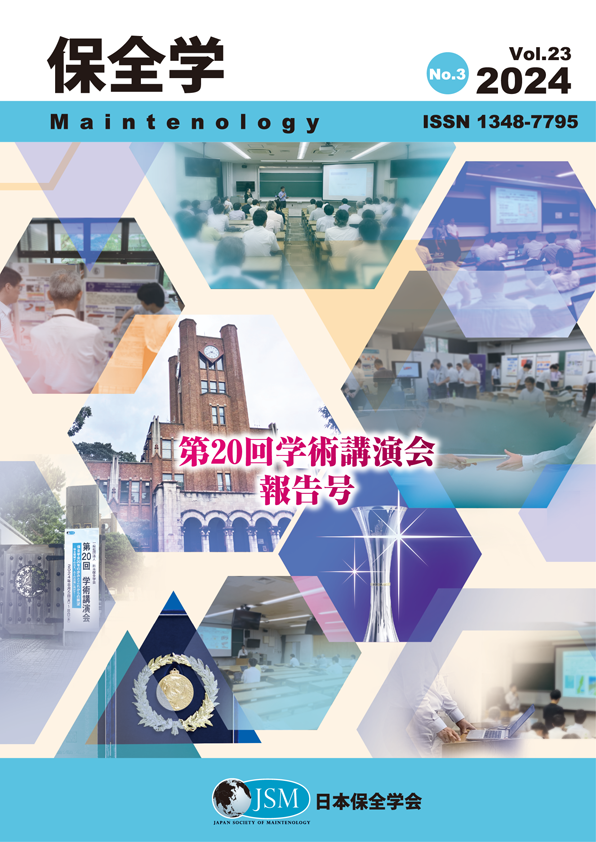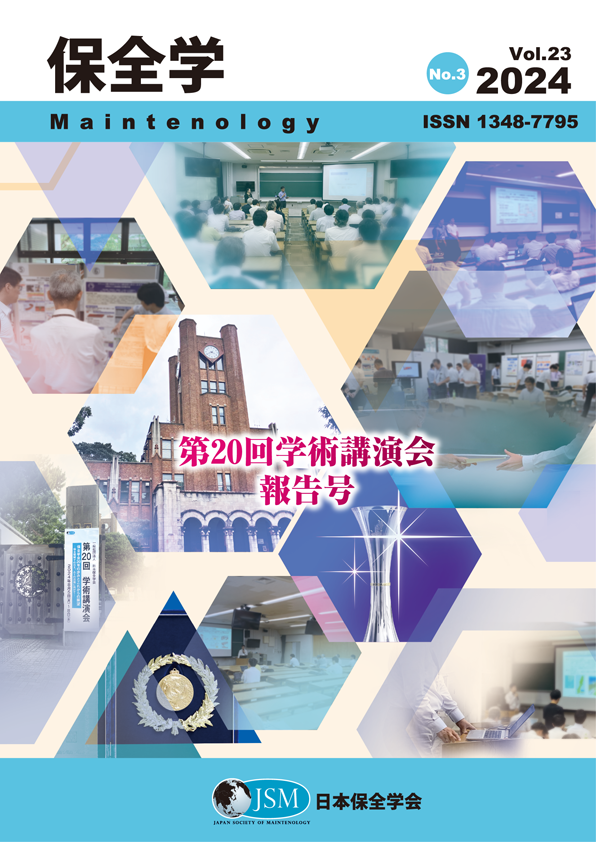実機供用条件における Ni基合金の WJP残留応力改善工法による圧縮残留応力の長期安定性予測
Prediction of Residual Stress Stability Introduced by Water Jet Peening Residual Stress Improvement Method to Ni-based Alloy during Long-Term Operation
著者:
于 麗娜 Lina YU 才田 一幸 Kazuyoshi SAIDA 西本 和俊 Kazutoshi NISHIMOTO 浅井 郁海 Ikumi ASAI 千種 直樹 Naoki CHIGUSA
発刊日:
公開日:
Hardness ReductionNi-Based Alloy 600Residual StressWater Jet Peening
概要
In order to estimate the stability of the stress improving effect by water jet peening (WJP) residual stress improvement methods during the long-term operation of nuclear power plants, the residual stress in nickel-based alloy 600 has been studied through the kinetics of hardness reduction behavior in practical operation temperatures. Based on the relationship between the residual stress relaxation and the hardness reduction rates, it has been found that in actual operating condition, when the hardness decreased to 180 HV, the residual stress was reduced to about 95%. Furthermore, the time required to reduce the hardness to 180HV is 868 years for WJP. It follows that the maintaining period of compressive residual stress introduced by WJP residual stress improvement method is sufficiently longer than the assumed maximum operating period of 60 years for nuclear power plants in the actual operating condition.





